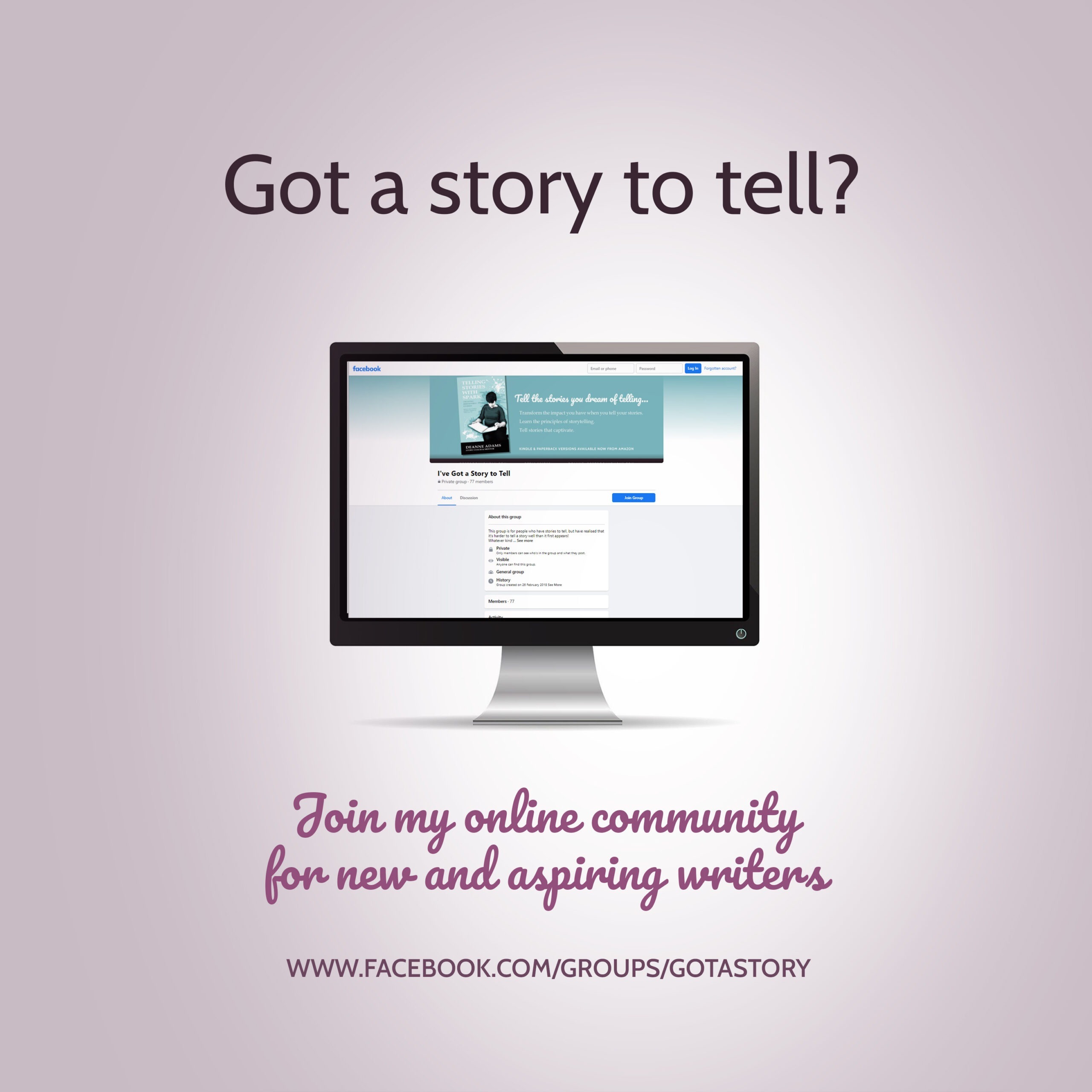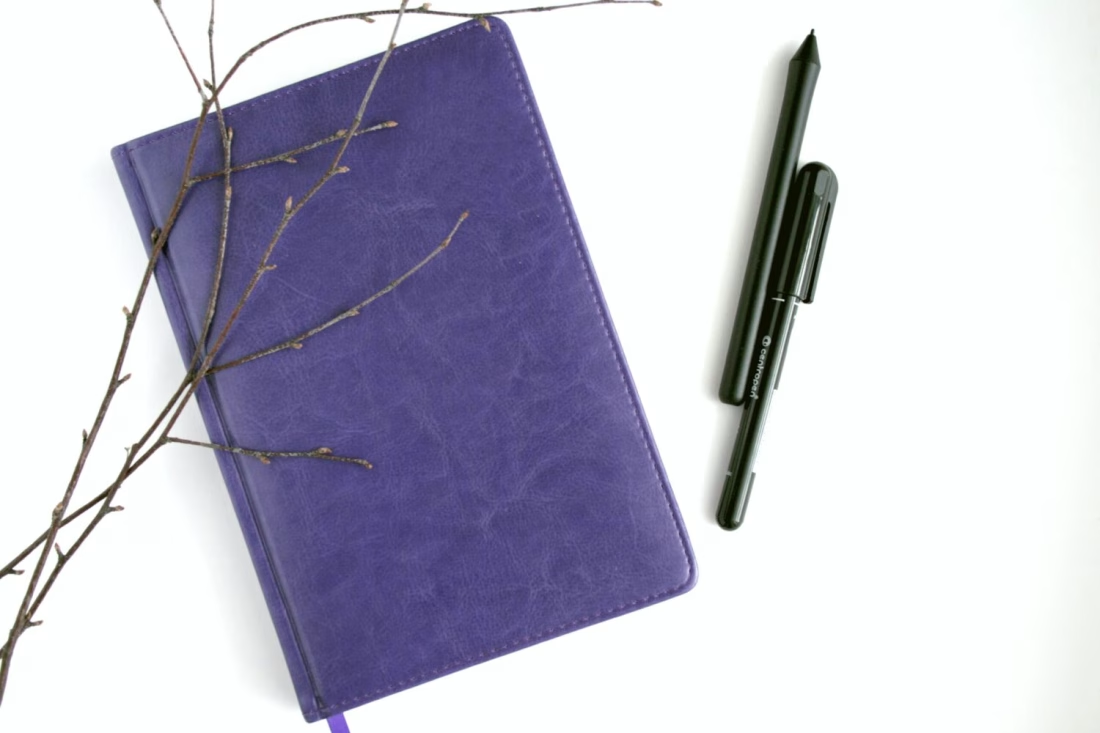Is nobody reading your stories? You’re probably doing THIS wrong…
You write a story, put it out there… and nothing. Nada. Zip. Zilch. Nobody (apart from your mum) seems to care. It’s a powerful story, one which had an impact on you when you lived or imagined it. Why doesn’t anyone comment on it or share it? The wind has been taken completely out of your sails. What went wrong?
Is it because what you have to say is worthless? Definitely not.
Rather, it is because people haven’t seen the value in what you have to say… which is a different matter.
And that is because (brace yourself for the honest feedback) you haven’t provided them with the story in a way that is of value to them. This is totally a problem you can do something about.
“So… where have I gone wrong?”
People go wrong at the ground level of understanding what will make their audience connect with their story. They think that they need to say what happened, what the people in the story felt and thought, and throw in a few adjectives for description. Does this sound familiar? It is highly likely that you have been telling your stories this way, and unintentionally alienating your audience.
This events-based way of telling a story does not work if you want to create an emotional connection with your audience.

Creating an emotional connection with your readers
Go back to the time when you were living a story that you have tried to tell. It doesn’t matter if it’s a true story and you lived it for real, or if it’s a story that only happened in your head. How did you experience it? Or at least, how do you remember experiencing it? You might remember the colours, shapes, light, movements and other visual aspects of the experience. For example, do you remember the way that cloud sped across the sky and turned the ground grey?
Perhaps you recall the sounds more than the sights. The way the school children were shouting in their yard a quarter of a mile away; the way the back door slammed and cut off the noise from outside. Maybe you remember the characteristic rhythm of a clock.
It could be that you remember the feelings in your muscles, joints and ‘guts’ more than the sights or sounds. The way a person shrank in utter defeat or misery; the way you tapped and fiddled with a pen in your nervousness. The way people behaved physically – and changed their behaviour as the story moved on – is a third way you might have experienced the story.
These three ways of experiencing a story (sights, sounds and kinaesthetic sensations) are likely to be the main ways in which YOU experienced that story. The balance between the three ways varies from person to person, but you can be pretty sure that those three types of stimulus were present in your experience of the story.
Now let’s move on to how this can help you tell your story in a way that will help you form an emotional connection with your ideal audience…
What can I learn from this?
You now know that as a member of the human race, you experienced the story through a range of stimuli, the main ones being sight, sound and physical feeling.
That is how other people experience stories too. Therefore, what you need to do is offer your audience the stimuli so that they can experience your story for themselves. Just as you experienced the story through stimuli, so too do your audience.
Telling people an events-based version will not enable them to ‘live’ the story. Letting them ‘see’, ‘hear’ and ‘feel’ the story in their muscles and gut WILL.
Found this article useful? Join the free Facebook group ‘I’ve Got a Story to Tell’


DEANNE ADAMS - STORY COACH AND MENTOR
I care passionately about words and stories. As a Story Coach and Mentor, I help writers to tell irresistible stories. I offer courses, memberships and programmes to suit beginners, developing writers and those ready to become the writer they've been trying to be for years.
Learn how to 'Show more than you tell' in your writing with my free workbook - your guide to an engaging storytelling style. You can also follow me on Facebook or join my Patreon for more tips to support your writing journey.



0 Comments